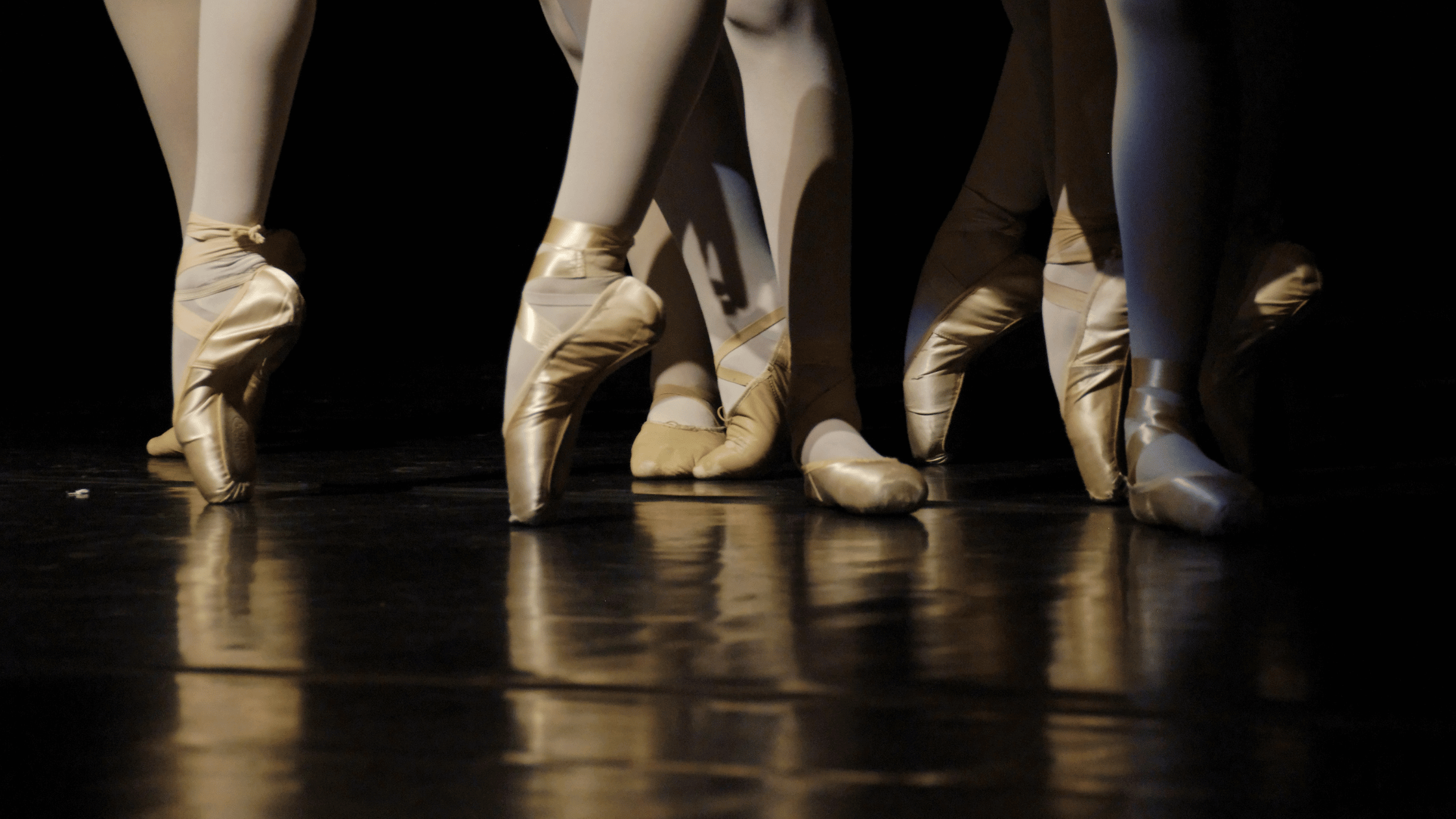A Dancer's Guide to a Recovery Routine

Licensed Physical Therapist, PT, DPT // Herman and Wallace Pelvic Floor Level 1 Certified // EW Motion Therapy Meadowbrook/280
In the world of dance, where every movement is a story told and every performance a testament to human capability, the significance of recovery is monumental. Recovery isn’t just a reprieve; it’s an essential part of a dancer’s routine to maintain health and ensure their career. We always encourage our athletes to prioritize recovery at EW Motion Therapy because not taking time for recovery will slow you down in the long run instead of continuing forward without rest. Even if you choose not to do physical therapy with us, you can still read on as we discuss why recovery is so important for dancers, the recovery aspects they should focus on, and an example of a weekly recovery routine.
Understanding the need for recovery
For dancers, the rigors of training and performance can leave the body susceptible to injury. The blend of strength, flexibility, and endurance required can tax the body to its limits. Recovery supports a dancer's ability to perform consistently at their best. It's a proactive measure that ensures the muscles, tendons, and ligaments remain supple and strong, capable of withstanding the demands of the sport.
Recovery also plays a pivotal role in a dancer’s psychological well-being. The mental fortitude needed to master complex choreography and perform under the spotlight can be draining. Recovery provides a mental reset, allowing for reflection, learning, and growth. It's a physical necessity and a mental sanctuary, granting dancers the clarity and peace needed to maintain their artistic passion.
Critical aspects of recovery for dancers
To maintain the relationship between body and art, dancers must focus on various aspects of recovery. Each one plays a role in sculpting a dancer’s body into an instrument of expression that is strong and resilient.
Physical rest and repair
The cornerstone of recovery is allowing the body time to heal. Physical rest doesn’t mean inactivity but rather a strategic reduction in intensity. This period is when muscle repair and strengthening occurs. It’s essential for preventing overuse injuries that can prematurely dim a dancer’s career.
Nutritional fortitude
Nutrition is the fuel that powers a dancer's recovery. A well-balanced diet rich in proteins, carbohydrates, healthy fats, and micronutrients supports tissue repair and energy replenishment. Hydration, too, must be considered, as it is crucial for maintaining muscle elasticity and joint lubrication.
Mindful mobility and flexibility
Dancers should engage in activities that promote mobility and flexibility without overexerting tired muscles. Gentle yoga, Pilates, and targeted stretching can enhance recovery by increasing blood flow, which aids in the removal of metabolic waste and delivers nutrients to stressed tissues.
Mental and emotional rejuvenation
Dancers must also recover emotionally and mentally. Techniques like meditation, deep breathing exercises, therapeutic counseling, and even simple leisure activities can help restore a dancer's mental stamina. This recovery aspect ensures that dancers return to the studio refreshed and ready to express the full spectrum of emotion through their art.
An example weekly recovery routine for dancers
For dancers to excel, their weekly routine must incorporate structured recovery periods. Every dancer’s needs differ, and your training schedule will differ weekly. Additionally, dancers of different ages will require different recovery periods depending on what you want to accomplish in your career. But just as an example, here’s a snapshot of what an effective weekly recovery routine might look like:
Monday: active recovery
After a weekend of performances, Monday could be a day for active recovery. This means engaging in low-intensity activities such as swimming or a light jog, which help to loosen tight muscles and promote circulation.
Tuesday: strength and conditioning
Focusing on strength and conditioning can help build the muscular endurance needed for dance. However, you should balance this with proper stretching and foam rolling to aid recovery and flexibility.
Wednesday: restorative practices
Mid-week might include practices like yoga or Pilates, emphasizing core strength and flexibility while allowing the body to recover actively from the more intense training days.
Thursday: cross-training
Engaging in a different form of exercise, like cycling or a dance style that uses other muscle groups, can prevent overuse injuries and contribute to overall physical resilience.
Friday: technique and light rehearsal
As the weekend approaches, a lighter rehearsal focusing on technique rather than full-on performance can help maintain skill levels without overtaxing the body.
Saturday: performance with pre- and post-care
Performance days require peak physical exertion. Pre-performance routines should include dynamic stretching to prepare the body, while post-performance should focus on cool-down activities and nutrition to replenish energy stores.
Sunday: complete rest
A day of complete rest is crucial. This is the time for mental recovery as well as physical. It's a day to recharge the spirit, self-reflect, and prepare mentally for the week ahead.
Recovery for dancers is a delicate balance between rest and activity, nutrition and hydration, and physical and mental health. By embracing a comprehensive recovery routine, dancers can sustain the high demands of their art form, ensuring that each step, leap, and turn remains as captivating as the first. Recovery readies dancers for the next act, enabling them to step back into the spotlight time and time again with grace, vitality, and resilience. We love helping our athletes prioritize recovery at EW Motion Therapy, and we do so through individualized, sport-specific treatment plans that help them improve performance while giving their bodies the rest they need. If you’re curious about how else physical therapy can help your dance career, click the button below to download our answers to 20 frequently asked questions.
%20(1)%20(1).png)

